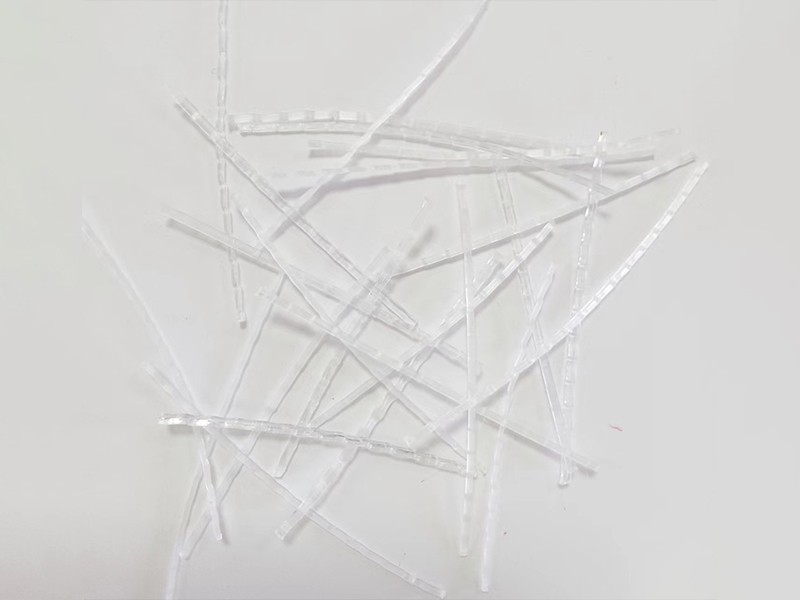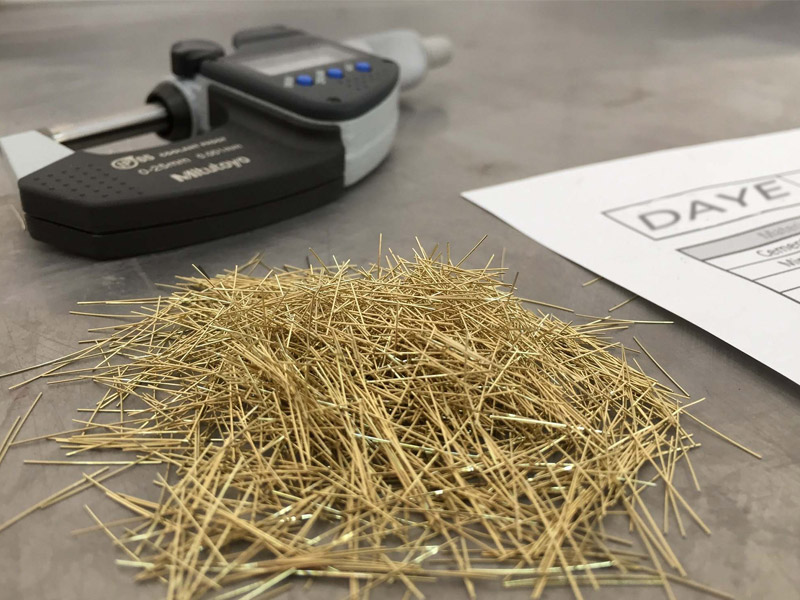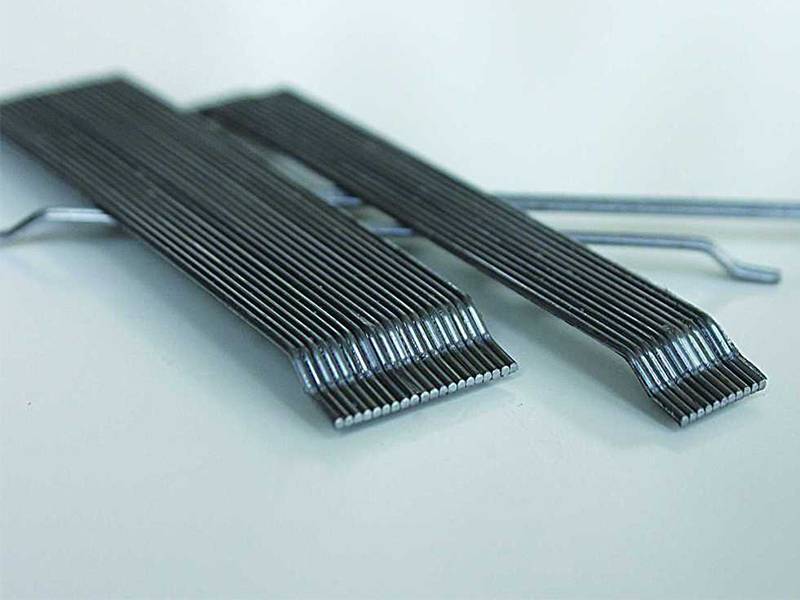Application of macro synthetic fiber in concrete and comparative analysis with steel fiber and carbon fiber
 Aug 28, 2024|
Aug 28, 2024| View:63
View:63As an important building material, the optimization of concrete performance has always been the research focus in the engineering field. Macro synthetic fiber, as a new type of reinforcing material, shows broad application prospects in concrete due to its unique advantages. At the same time, steel fiber and carbon fiber, as traditional reinforcing materials, also have their inherent advantages and limitations. This article will discuss the application of macro synthetic fiber in concrete and conduct a comparative analysis with steel fiber and carbon fiber.

Characteristics of macro synthetic fiber
Macro synthetic fiber is usually made of synthetic polymer materials such as polypropylene, polyester or nylon, and has the following characteristics:
lHigh tensile strength and ductility
lLow density and high chemical corrosion resistance
lGood weather resistance and ultraviolet resistance
lEasy to process and disperse
Application of macro synthetic fiber in concrete
The applications of macro synthetic fiber in concrete mainly include:
lImproving the crack resistance and toughness of concrete
l Reducing the width and number of cracks
lEnhancing the wear resistance and durability of concrete
lAs a material to replace or supplement steel bars
Comparison between macro synthetic fiber and steel fiber
Material and cost: Steel fiber is made of metal and has a relatively high cost, while macro synthetic fiber usually has a lower cost.
Corrosion resistance: Steel fiber is easily corroded in specific environments, affecting the durability of concrete structures; macro synthetic fiber has better chemical corrosion resistance.
Tensile strength: The tensile strength of steel fiber is usually higher than that of macro synthetic fiber, but in some non-structural applications, macro synthetic fiber is already sufficient.
Construction convenience: Due to its softness, macro synthetic fiber is easier to disperse evenly in concrete than steel fiber.

Comparison between macro synthetic fiber and carbon fiber
Conductivity: Carbon fiber has excellent conductivity and can be used in smart concrete structures, while macro synthetic fiber does not have this characteristic.
Thermal expansion coefficient: The thermal expansion coefficient of carbon fiber is low and suitable for environments with large temperature changes; the thermal expansion coefficient of macro synthetic fiber is usually higher.
Cost: The cost of carbon fiber is usually much higher than that of macro synthetic fiber, limiting its application in large-scale projects.
Mechanical properties: The tensile strength and elastic modulus of carbon fiber are very high and suitable for high-performance concrete structures; macro synthetic fiber performs well in conventional projects.

Construction technology and challenges
During the construction process, the dispersibility of macro synthetic fiber is a key technical point. Appropriate mixing processes need to be adopted to ensure that the fiber is evenly distributed in concrete and avoid agglomeration. In contrast, due to their rigidity, steel fiber and carbon fiber may be more likely to form directional arrangements in concrete, affecting the isotropy of concrete.
Economic and environmental considerations
The introduction of macro synthetic fiber provides an economical and effective reinforcement scheme for the concrete industry. Compared with steel fiber and carbon fiber, the production and use of macro synthetic fiber have less impact on the environment and lower cost, helping to achieve sustainable development.
As an emerging concrete reinforcement material, macro synthetic fiber shows unique advantages in some application scenarios compared with steel fiber and carbon fiber. Through in-depth research and reasonable application, macro synthetic fiber is expected to play a greater role in the concrete industry and achieve a balance between performance and cost.




